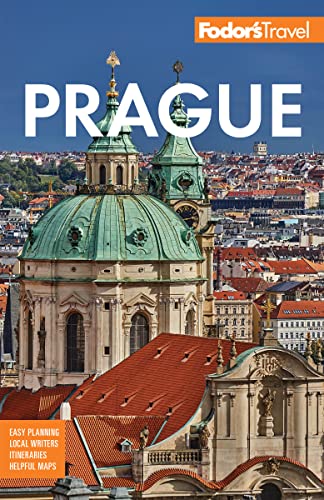Karlovy Vary—often known outside the Czech Republic by its German name, Karlsbad—is the most famous of the Bohemian spas. It's named for the omnipresent Emperor Charles IV, who allegedly happened upon the springs in 1358 while on a hunting expedition. As the story goes, the emperor's hound fell into a boiling spring and was scalded. Charles had the water tested and, familiar with spas in Italy, ordered the village of Vary to be transformed into a haven for baths. The spa reached its golden age in the 19th century, when aristocrats from all over Europe came for treatments. The long list of those who "took the cure" includes Peter the Great, Goethe, Schiller, Beethoven, and Chopin. Even Karl Marx, when he wasn't decrying wealth and privilege, spent time at the wealthy and privileged resort; he wrote some of Das Kapital here between 1874 and 1876.
Pulling off an extraordinary comeback after decades of communist neglect that left many buildings crumbling into dust behind beautiful facades, Karlovy Vary drips with luxury once again. Much of the reconstruction was led not by Czechs, but by Russians. Since the days of Peter the Great, Karlovy Vary has held a deep fascination for Russians, and many of them poured their newly gained wealth into properties here—so much so that Karlovy Vary's sleepy airport boasts nonstop service from Moscow several times a week, and four-fifths of the properties are actually Russian-owned. Don't be surprised to hear Russian spoken widely in the streets or see it used as the second language, after Czech, on restaurant menus.
Karlovy Vary's other vehicle in luring attention and investment has been its international film festival, which began in 1946. Every year during the first week of July, international stars and film fans flock here. Recent attendees include Oliver Stone, John Travolta, and Helen Mirren. If you're planning on visiting during the festival, line up your hotel room well in advance. Unless you're a true film buff, you're better off coming on a different week.
Whether you're arriving by bus, train, or car, your first view of the town approaching from Prague will be of the run-down section on the banks of the Oh?e River. Don't despair: continue along the main road, following the signs to the Grandhotel Pupp, until you are rewarded with a glimpse of the lovely main street in the older spa area, situated gently astride the banks of the little Teplá ("Warm") River. (Drivers, note that driving through or parking in the main spa area is allowed only with a permit obtained at your hotel.) The walk from the new town to the spa area is about 20 minutes.
The Historická ?tvrt (Historic District) is still largely intact. Tall 19th-century houses, with decorative and often eccentric façades, line the spa's proud riverside streets. Throughout, you can see colonnades full of people sipping the spa's hot sulfuric water from funny drinking cups with piped spouts.




